Free Shipping On All Orders Over $150.
Understanding Cloudy Eyes in Cats - Causes, Symptoms, and Care Tips
Cloudy eyes in cats can be an alarming sign for pet owners. This occurrence often signifies underlying health issues that may affect your feline friend's quality of life. Awareness of how to identify cloudy eyes in cats, as well as understanding the importance of taking appropriate action, is crucial. In this article, we will explore various aspects related to these eye problems, including causes and symptoms, effective methods for assessing your cat's vision, and essential tips for caring for blind cats.
Cloudy Eyes in Cats are not just a cosmetic issue; they can indicate potential problems that may lead to vision loss in cats or even blindness if left untreated. This article aims to provide you with comprehensive information on identifying and addressing these issues while ensuring your beloved pet receives the best possible care.
The capabilities of a cat's eyes

Cats are known for their incredible eyesight, especially in low-light conditions. They have evolved as exceptional nocturnal hunters, which has granted them remarkable adaptations unique to their species.
Unique Features of Cat Vision
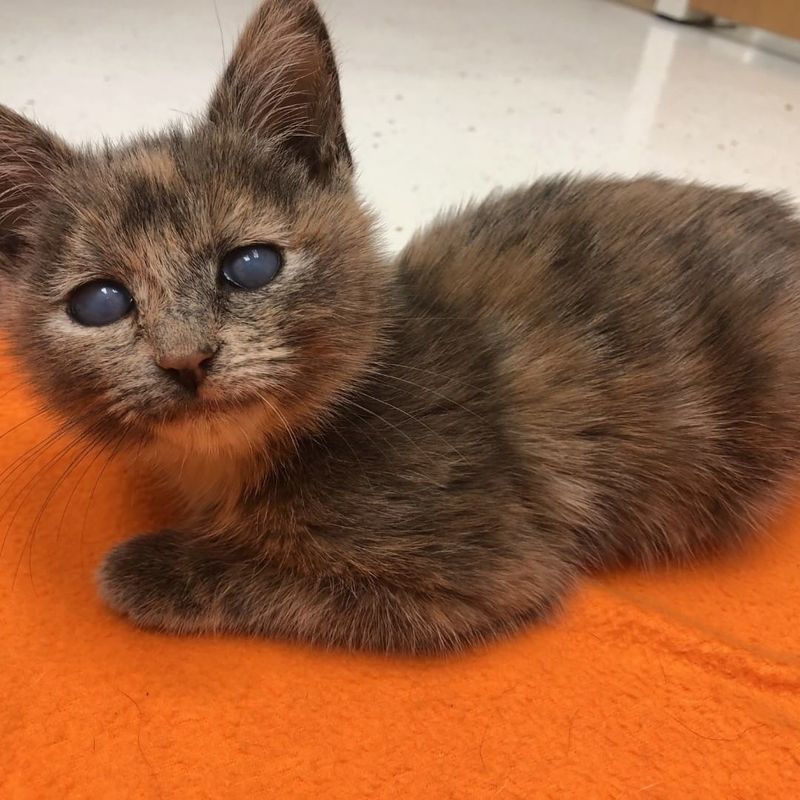
The anatomy of a cat's eye is specifically designed to optimize their hunting abilities. The tapetum lucidum, a reflective layer behind the retina, enhances their night vision by reflecting light that passes through the retina back into the eye. This feature allows cats to see in dim lighting far better than humans can.
Furthermore, cats possess a higher proportion of rod cells in their retinas compared to cone cells. Rod cells are responsible for detecting motion and seeing in low-light situations, while cone cells detect color and brightness. This balance contributes to their excellent night vision but also means that they perceive fewer colors than humans do.
Changes Over Time
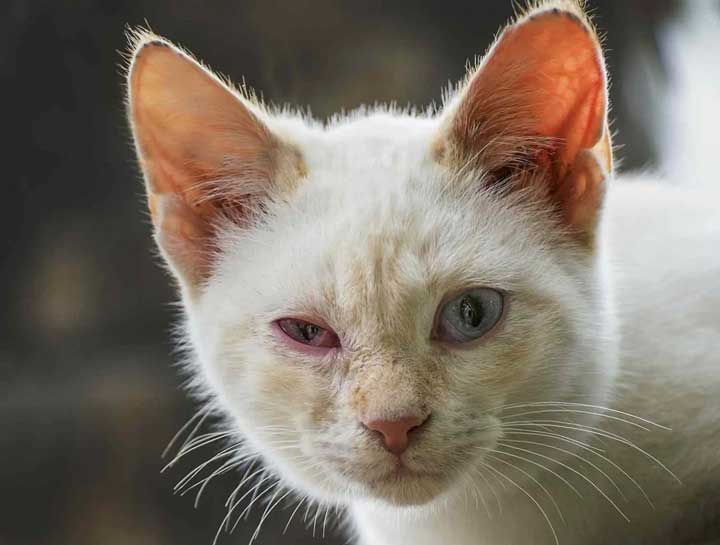
As cats age, their eyesight can deteriorate, just like in humans. Some common issues include cloudy eyes, which can be caused by cataracts, glaucoma, or other ocular diseases. Regular veterinary check-ups are essential to monitor your cat's eye health and catch any potential problems early.
Additionally, certain health conditions such as diabetes, high blood pressure, or hyperthyroidism can contribute to vision loss. Being aware of these factors can help you take proactive measures to maintain your cat's overall health and well-being.
Signs of Eye Problems in Cats

Recognizing the signs of eye problems is crucial for timely intervention. Look for changes in your cat's behavior, such as:
- Excessive squinting or tearing.
- Rubbing or pawing at their eyes.
- Avoiding bright lights or becoming withdrawn.
These symptoms may indicate that your cat is experiencing discomfort or struggling to see clearly. If you notice any of these signs, it is time to consult your veterinarian for a thorough examination.
How to identify if a cat is blind.
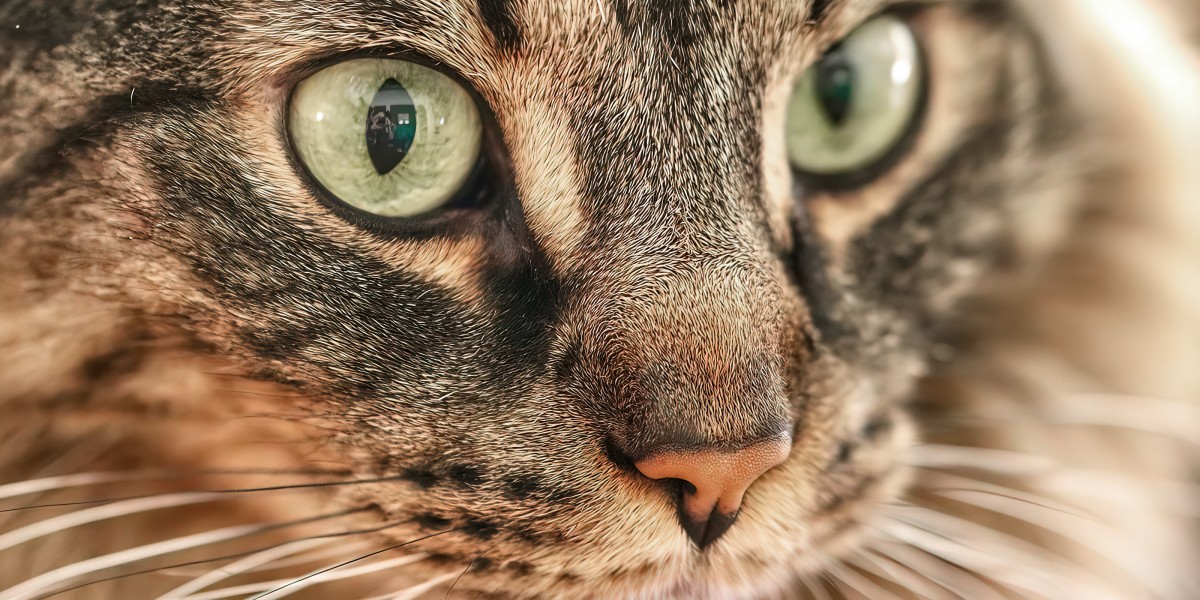
Identifying whether your cat is experiencing vision loss can be challenging, particularly since cats are adept at adapting to changes in their environment.
Behavioral Changes

Cats are generally very agile creatures, capable of navigating their surroundings with impressive precision. However, when they start to lose their sight, there are subtle behavioral cues that can signal a problem.
For instance, you might observe increased hesitance when your cat approaches familiar furniture or toys. They may appear more cautious when attempting to jump from heights or navigate down stairs. In some cases, blind cats may use their whiskers more prominently to sense their surroundings, leading them to lean forward, lowering their heads to feel their way.
Training Your Eyes
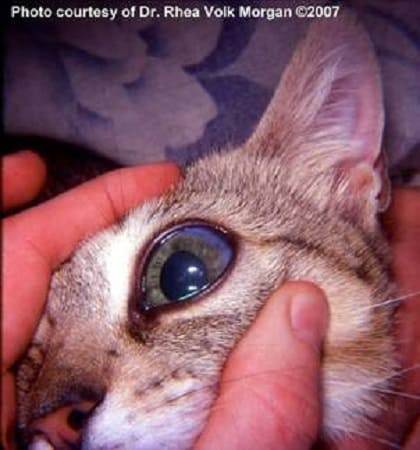
Observing your cat during their daily activities can give you insights into their vision status. You may notice them frequently bumping into items or having difficulties locating their favorite spots to sleep. Additionally, pay attention to their response to stimuli; if they seem less responsive to movement or sound, it could be an indicator of vision loss in cats.
Testing Their Reactions
Conducting simple tests at home can help you gauge your cat's vision capabilities. For example, gently wave your hand near their face to see if they react. A healthy cat should display a natural instinct to blink or look toward the movement. Conversely, if your cat does not respond, it could suggest a vision impairment.
If you suspect that your cat may be blind or struggling with vision issues, it's important to consult your veterinarian for a proper diagnosis and treatment options.
Methods for testing a cat's vision.

Once you've observed potential signs of vision loss in your cat, conducting further assessments can help confirm your suspicions and identify the severity of the problem.
Visual Examination
One of the first steps is performing a thorough visual examination of your cat's eyes. Look closely at both pupils—one may appear larger or smaller than the other, indicating potential eye problems. Additionally, cloudiness or discoloration of the cornea may point toward conditions such as cataracts or corneal disease.
Normal pupils should constrict in response to light, so observing how your cat reacts in different lighting conditions can be insightful. If you notice asymmetry or lack of response, it may require further investigation.
Reflex Tests
You can also conduct several reflex tests to evaluate how well your cat's eyes work. For instance, try shining a flashlight into their eyes to see if they blink or turn away from the light. A normal response indicates that the optic nerves are functioning properly. If your cat fails to react to sudden light, it may suggest a vision impairment that needs evaluation.
Environmental Assessment
Another method to assess your cat's vision is to change their environment slightly. Consider removing furniture or clutter to help you determine if they navigate well despite the alterations. A cat's ability to adapt is remarkable, but drastic behavioral shifts may indicate underlying issues.
Following these tests, it is always advisable to seek veterinary expertise for professional assessment and guidance.
Diagnosis of a cat with blindness.

A definitive diagnosis of cat eye problems requires a visit to the veterinarian, who will perform a series of tests to pinpoint the cause of your cat's vision loss.
Comprehensive Health Evaluation
Your veterinarian will start by gathering detailed information about your cat's medical history, including any previous eye issues and general health concerns. This initial consultation provides valuable context for diagnosing potential eye diseases.
Next, a thorough physical examination will be conducted, focusing mainly on the eyes. The vet will examine the cornea, lens, and other internal structures using specialized equipment like an ophthalmoscope to detect abnormalities.
Diagnostic Testing
In addition to visual examinations, your veterinarian may recommend several diagnostic tests, including:
- Blood tests: These can help identify systemic diseases contributing to eye problems.
- Imaging techniques: X-rays, CT scans, or MRI scans can reveal structural issues affecting the eyes or the nervous system.
- Ocular pressure measurements: These tests assess intraocular pressure to diagnose conditions like glaucoma.
Each of these evaluations serves a specific purpose and aids in developing an accurate diagnosis, leading to appropriate treatment options tailored to your cat's condition.
Differentiating Between Conditions
A skilled veterinarian will differentiate between various underlying causes of vision loss, such as retinal detachment, cataracts, or neurological disorders. In some cases, additional specialty consultations may be needed for more complex issues. Early detection is critical for the successful management of these conditions, ensuring the best possible outcome for your furry friend.
Care methods for blind cats.
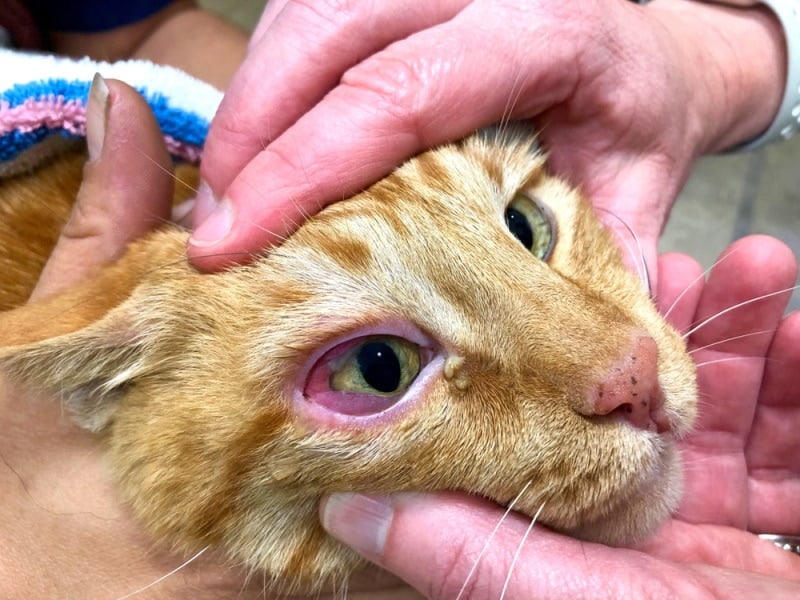
Caring for a blind cat may present unique challenges, but with the right approach, they can continue to lead fulfilling lives.
Creating a Safe Environment
The first step in blind cats care is to create a safe and supportive environment. Minimizing obstacles and keeping your cat’s living space organized will help prevent accidents. Familiarize them with their surroundings by providing clear pathways and consistent locations for food, water, and litter boxes.
Consider implementing barriers around dangerous areas, such as stairs or balconies, to reduce the risk of falls. Using textured mats can also help guide your cat when transitioning between different surfaces.
Encouraging Exploration
While safety is paramount, allowing your cat to explore their newfound limitations is equally important. Blind cats rely heavily on sensory input, especially smell and touch, to understand their world. Encourage them to engage with their environment by introducing interactive toys that stimulate their senses.
Offering scent trails using treats or toys can motivate them to navigate confidently within your home. Enrichment activities, like puzzle feeders, can also provide mental stimulation and prevent boredom.
Veterinary Support and Follow-Up
Regular veterinary check-ups are essential for maintaining your blind cat's overall health. Continuously monitoring any changes in behavior or potential complications ensures quick responses to shifting health conditions. Keeping open lines of communication with your veterinarian will give you the support needed to address your cat's unique needs.
Emotional Well-being
Blindness can be emotionally taxing for both cats and their owners. Providing love, patience, and reassurance can go a long way in helping your furry friend adjust. Spend time interacting with them, using gentle vocal cues to guide them and ensure they feel secure. Cats are remarkably adaptable, and with your support, they will thrive regardless of their vision limitations.
Conclusion
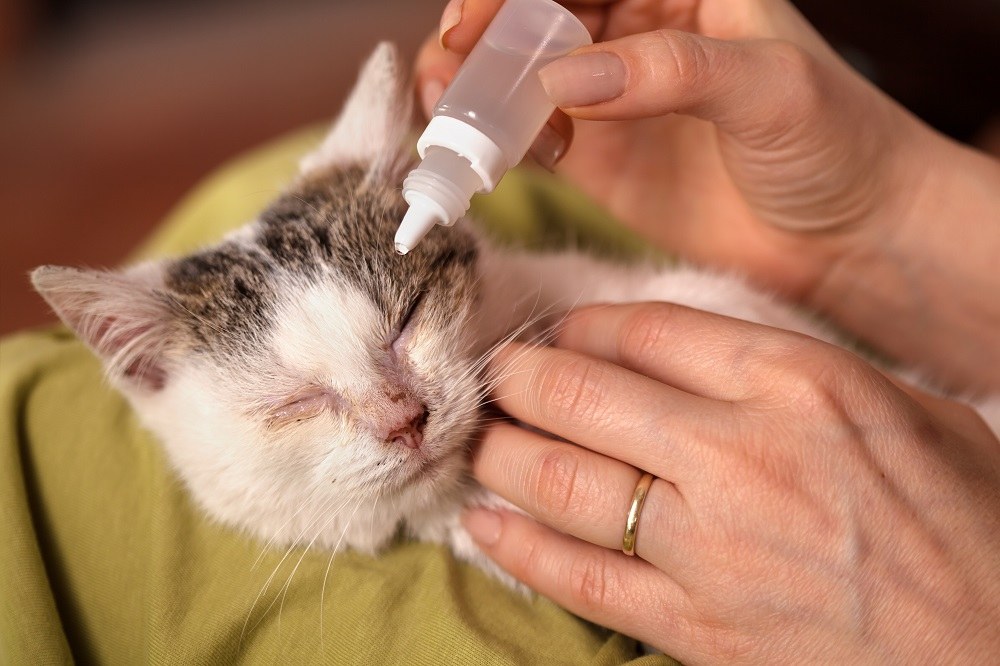
Understanding cloudy eyes in cats and being attentive to your cat's visual health is vital for their overall well-being. Recognizing the signs and symptoms of vision problems enables you to take prompt action, ensuring your furry companion gets the medical attention they need. With appropriate diagnosis and care, blind cats can still lead happy, enriching lives filled with love and companionship.
By creating a safe environment and fostering an atmosphere of encouragement and care, you can help your cat navigate their world confidently. Remember to stay vigilant and engaged with your veterinarian to maintain your cat's health and happiness, transforming potential challenges into opportunities for bonding and joy.
0 comment
Be the first to comment